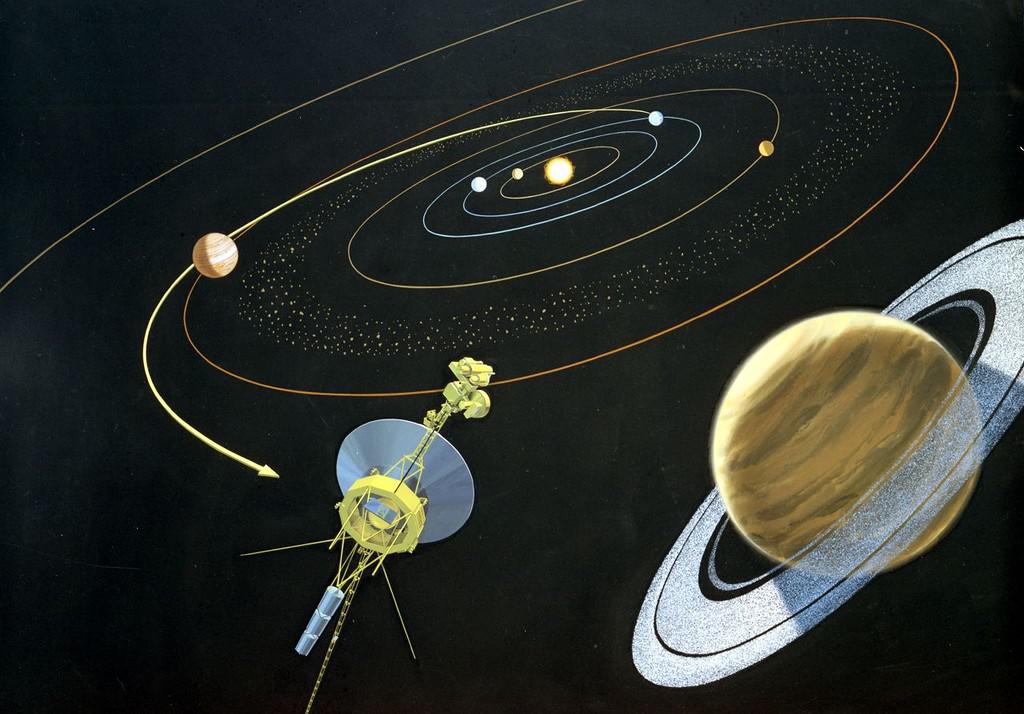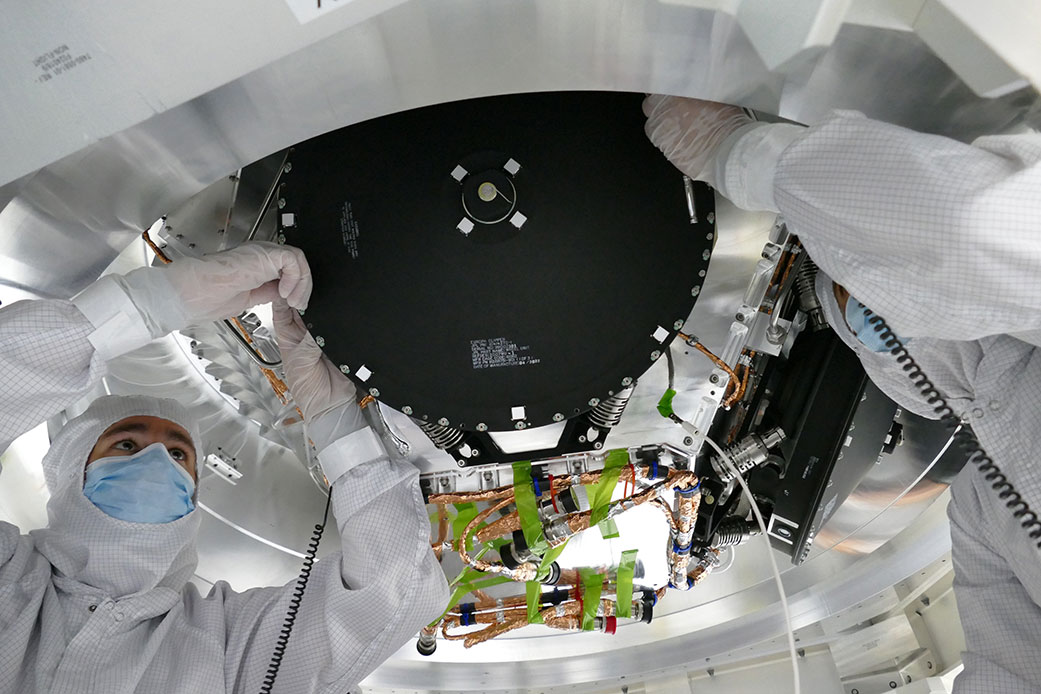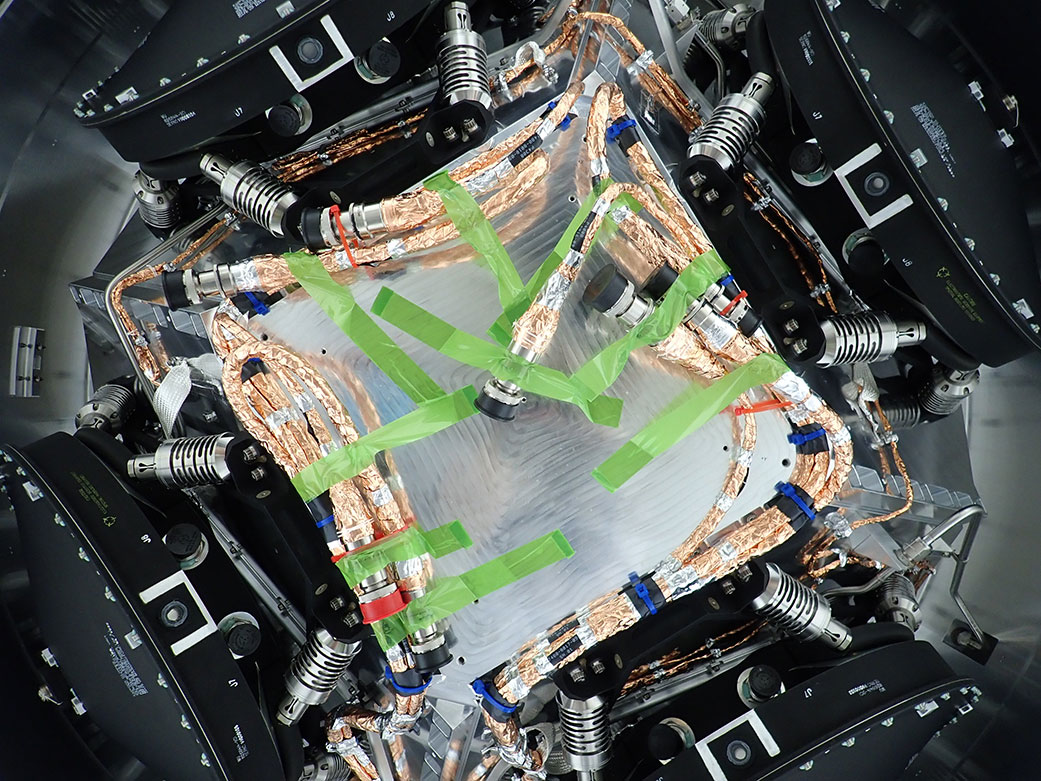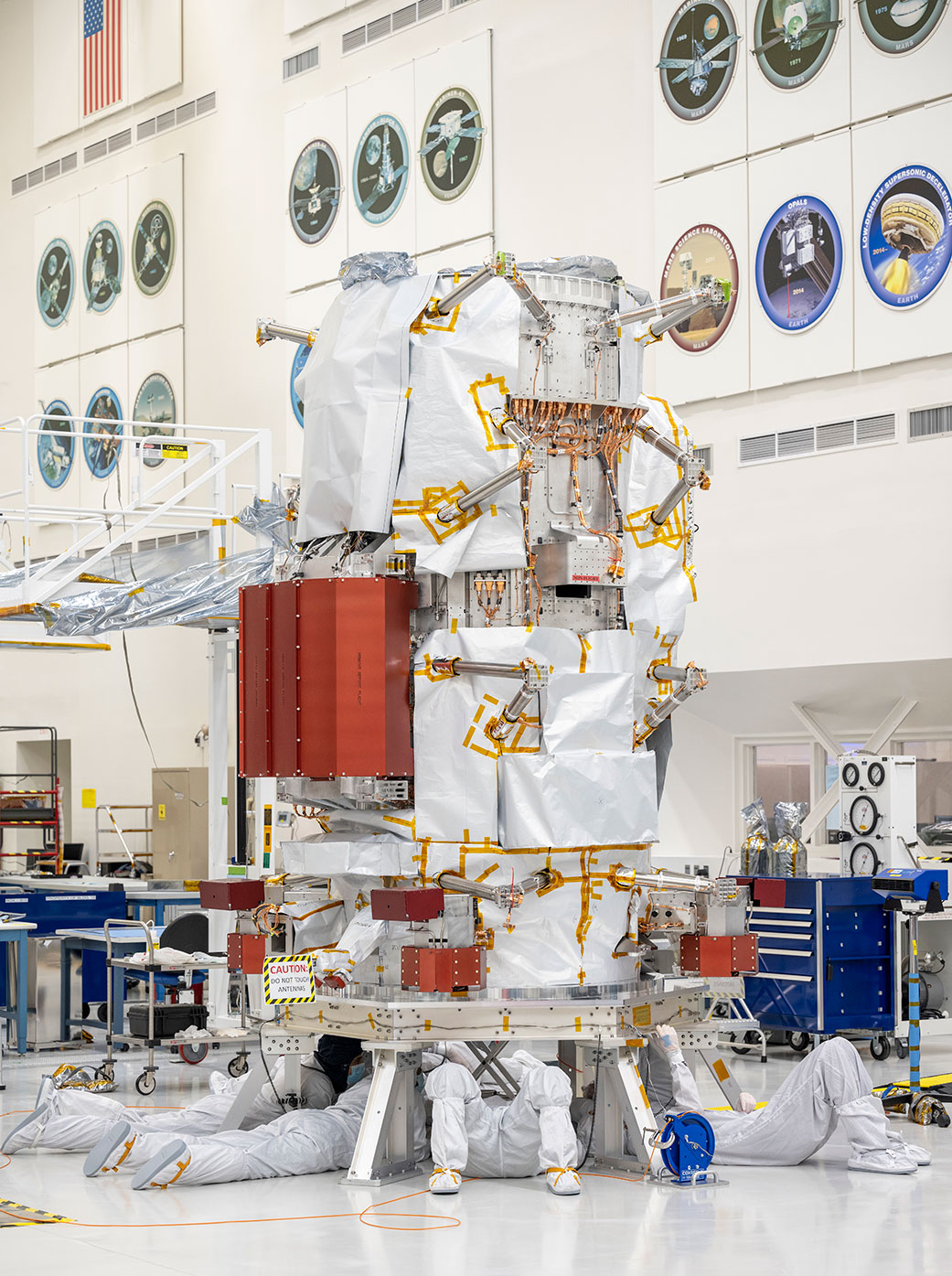Engineers at NASA’s Jet Propulsion Laboratory (JPL) installed four flywheels (reaction wheels) on the Europa Clipper probe. They will be used in the orientation system.
Why does a spacecraft need an orientation system?
The guidance system is the most important part of any spacecraft. It allows you to turn it into the right position to conduct the necessary observations, perform planned maneuvers and ensure communication with the Earth. Different methods can be used to orient a spacecraft. For example, on the legendary Voyager, small engines are used for this. And the Pioneer 10 and Pioneer 11 probes did not have a built-in orientation system at all, their stabilization was ensured by rotation.

But these devices were used to study the planets of the Solar System from a flight-by trajectory that did not require much maneuvering. The Europa Clipper will enter a permanent orbit around Jupiter, after which it will make a series of close encounters with its moon Europa, which has a huge ocean hidden under its icy surface. To carry out scientific tasks, engineers will have to regularly turn the Europa Clipper in different directions. This does not allow spin, and also makes the use of engines undesirable, due to the limited fuel resource of the mission. Therefore, a different system based on the use of flywheels will be used to orient the Europa Clipper.
The principle of operation of flywheels
The principle of operation of flywheels is based on Newton’s third law — for every action there is an equal and opposite reaction. The wheels will rotate, creating a torque that will allow the spacecraft to rotate in the opposite direction.

To visualize exactly how flywheels work, JPL experts give the following example: imagine that you are sitting on a rotating chair and lift your feet off the floor to spin freely. If you jerk your torso in one direction, the chair and your legs will start to move in the opposite direction. Flywheels work the same way. When they start rotating in one direction, the spacecraft is accelerated in the opposite direction.
Design of the Europa Clipper orientation system
Europa Clipper flywheels are 60 cm wide wheels made of steel, aluminum and titanium. They will be powered by the energy produced by the probe’s solar batteries.

Of course, flywheels have some drawbacks. For example, they work quite slowly. It takes them about 90 minutes to turn the device 180 degrees. Another problem is wear and tear. During the Europa Clipper mission, the flywheels will make thousands of turns — and at some point they may break (this is what happened to the Dawn probe’s flywheels at one time).

Therefore, engineers equipped the Europa Clipper with four flywheels, although three (one per axle) are needed for maneuvering. Engineers will rotate them to even outwear. In addition, the fourth flywheel will be a spare in case one of the wheels fails.
As for now, the launch of the Europa Clipper is scheduled for 2024. The device should arrive at Jupiter in 2030.
